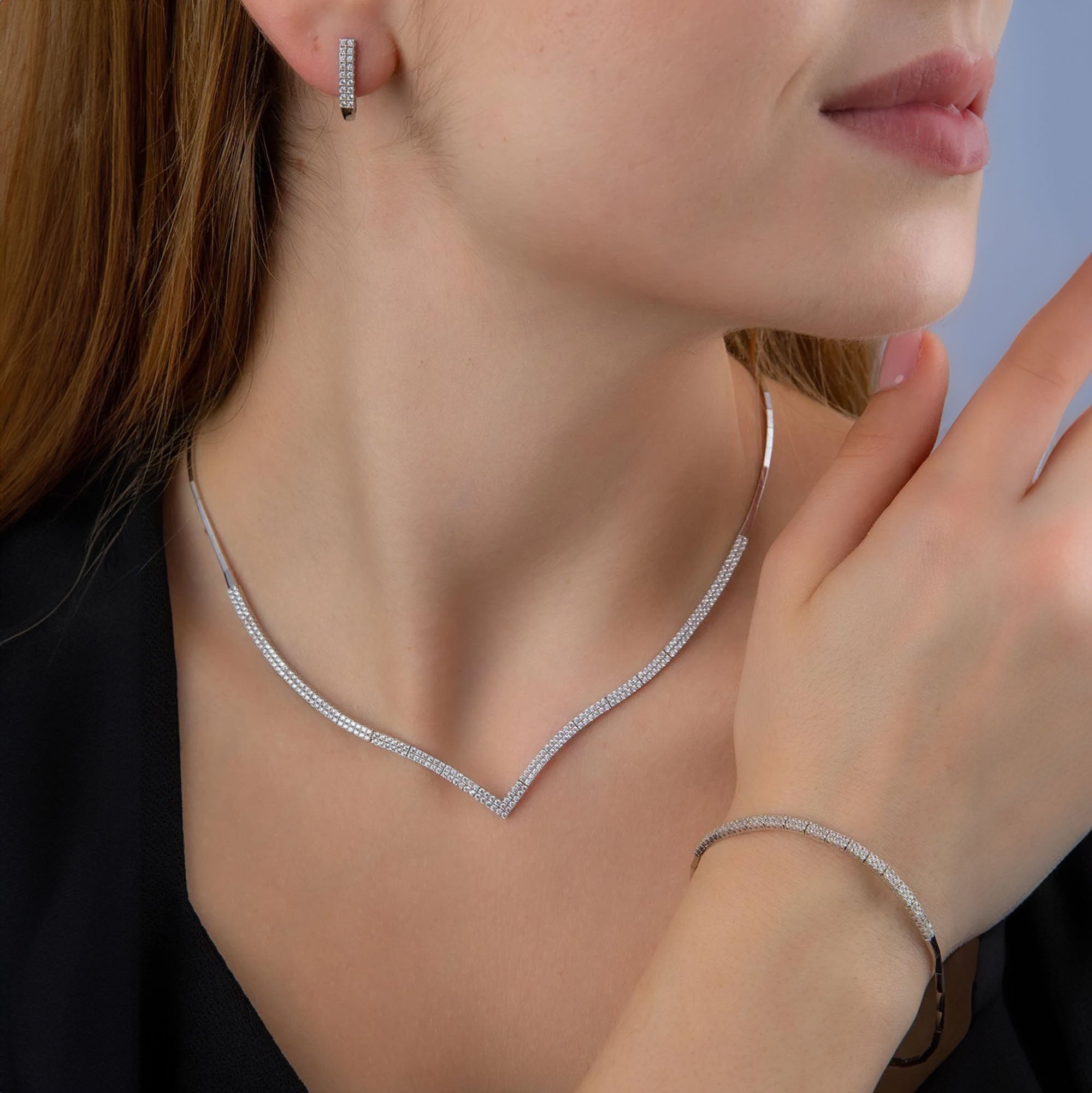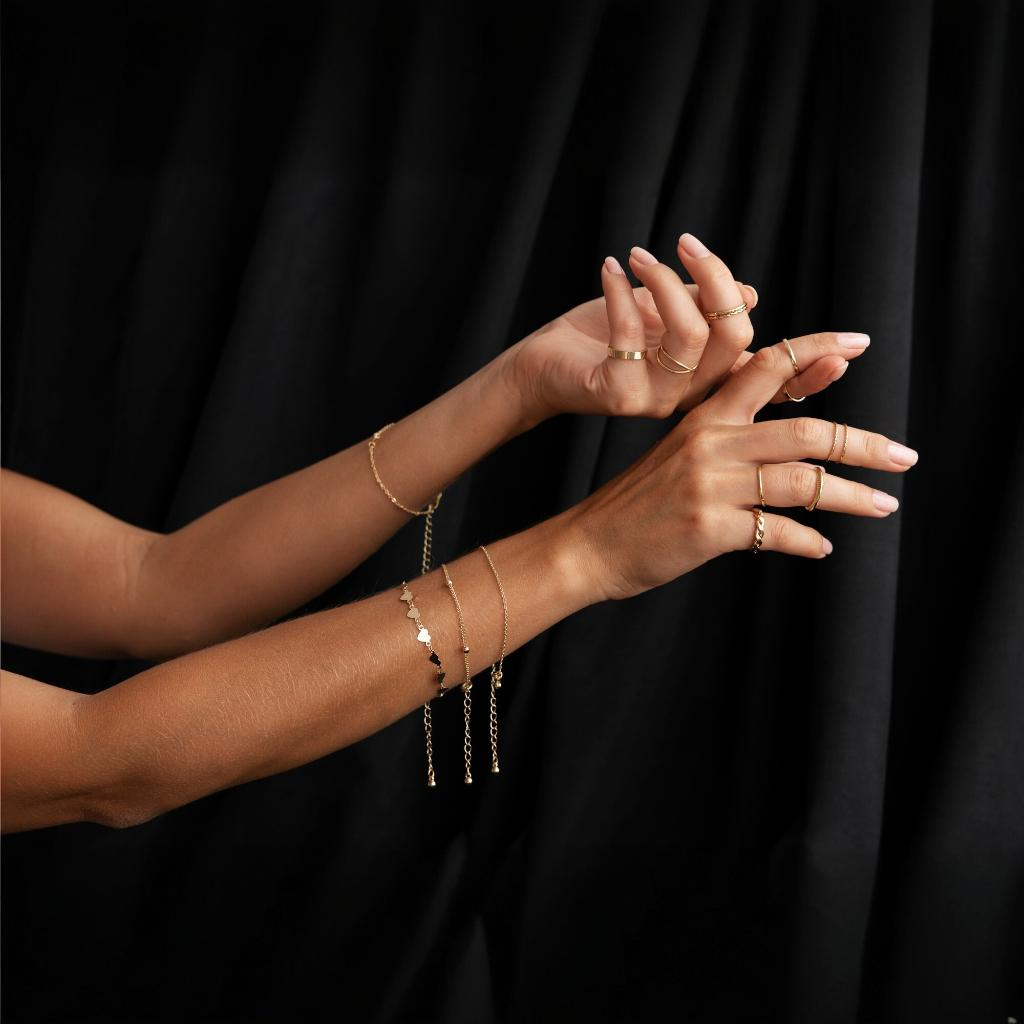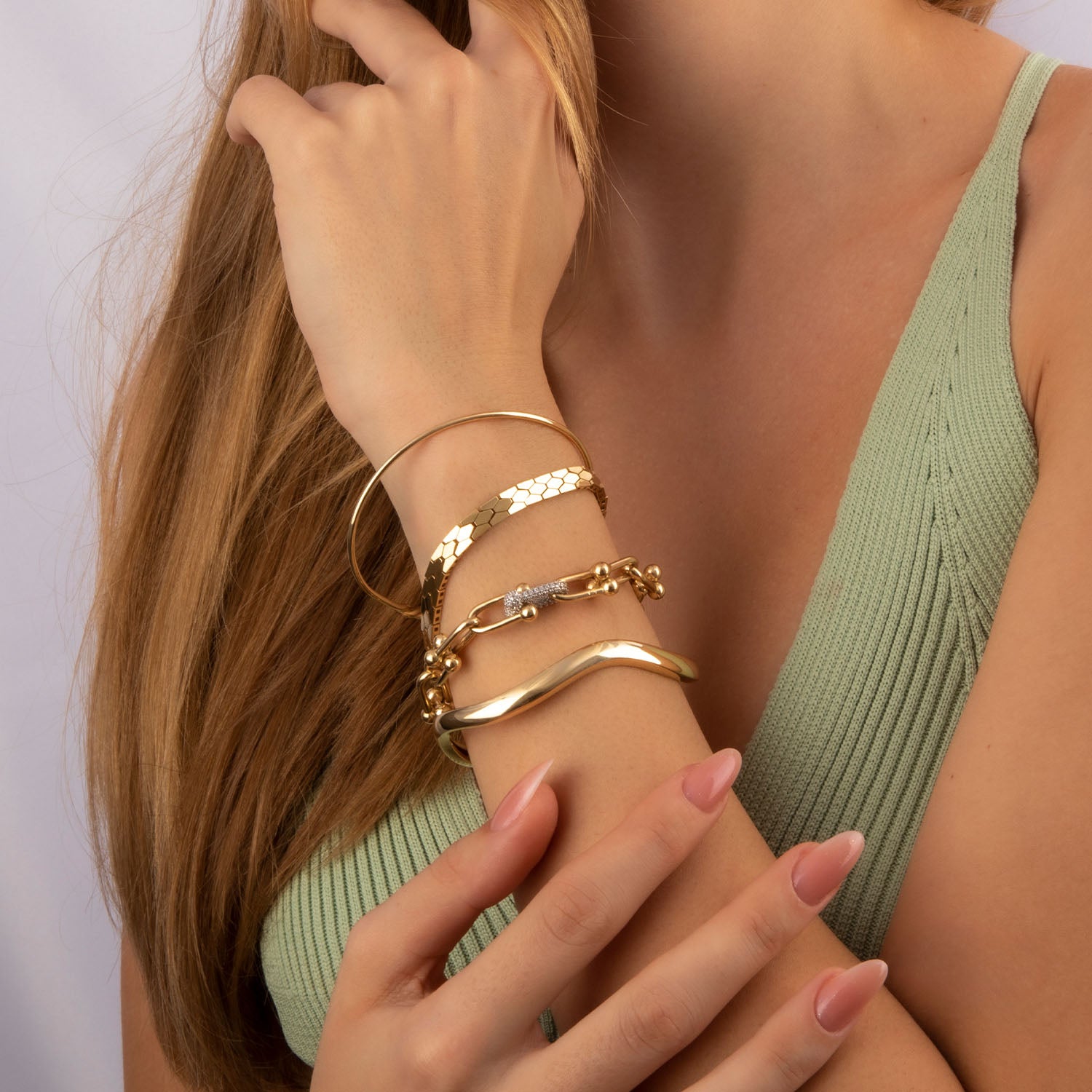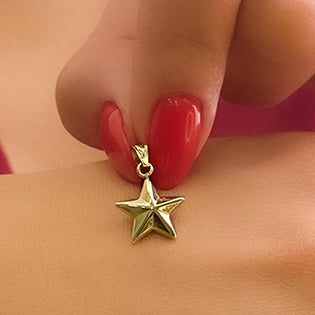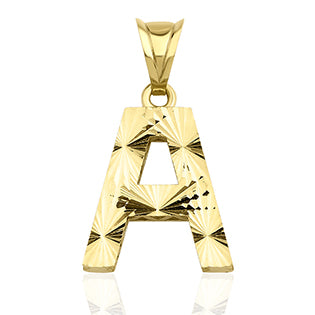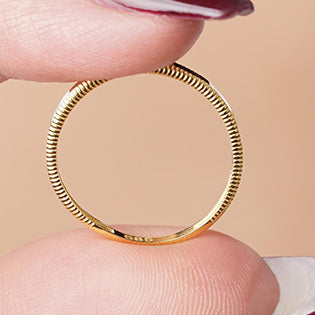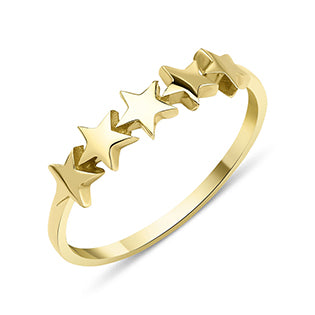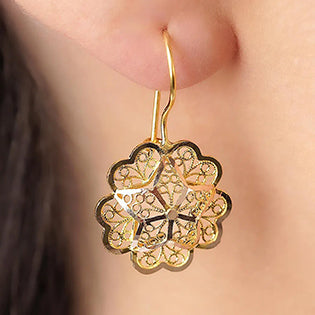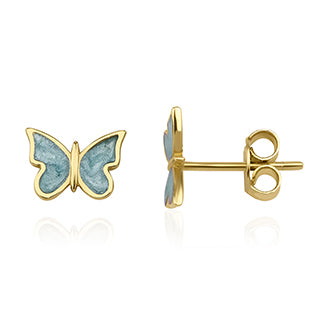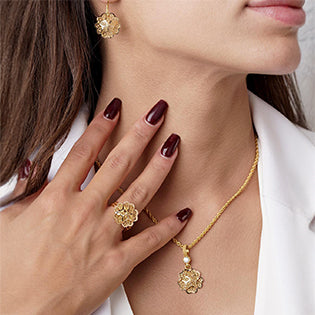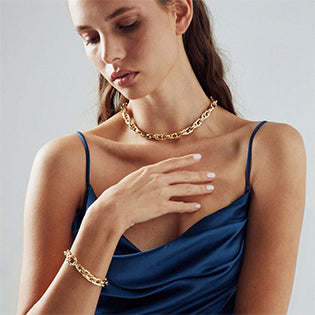
Genderless & Unisex Jewelry: Why It’s the Future of Style
The world of fashion is evolving, and jewelry is no exception. Gone are the days when accessories were strictly categorized as "men's" or "women's." Genderless and unisex jewelry is reshaping the industry, offering inclusive, versatile, and expressive designs that appeal to everyone, regardless of gender identity. This shift reflects broader societal changes toward inclusivity, self-expression, and sustainability. In this article, we’ll explore why genderless and unisex jewelry is not just a trend but the future of style, delving into its cultural significance, design versatility, market growth, and impact on sustainability.
The Rise of Genderless and Unisex Jewelry
Breaking Down Gender Norms
Traditional jewelry design has long been divided by gender, with delicate, ornate pieces marketed to women and bold, minimalist designs targeted at men. However, these rigid categories no longer resonate with modern consumers. The rise of genderless jewelry aligns with a cultural shift toward dismantling binary norms. People are increasingly rejecting labels and embracing accessories that reflect their individuality rather than societal expectations.
Genderless jewelry prioritizes universal appeal, focusing on designs that are neither overtly feminine nor masculine. Think sleek geometric shapes, neutral materials like stainless steel or leather, and customizable elements that allow wearers to express their unique style. This inclusivity resonates with younger generations, particularly Gen Z and Millennials, who value authenticity and diversity.
A Response to Changing Consumer Preferences
Today’s consumers demand products that align with their values. According to a 2023 survey by McKinsey, 70% of Gen Z shoppers prefer brands that promote inclusivity and diversity. Genderless jewelry meets this demand by offering pieces that anyone can wear, regardless of gender identity or expression. This shift is not just ideological; it’s practical. Couples share minimalist rings, friends exchange unisex bracelets, and individuals mix and match pieces to create personalized looks.
Brands like Mejuri, Tiffany & Co., and independent designers have embraced this trend, launching collections that prioritize versatility. For example, Mejuri’s “Dome Ring” and Tiffany’s “T1” collection feature clean lines and neutral aesthetics that appeal to a broad audience. These designs prove that jewelry doesn’t need to be gendered to be stylish or meaningful.
The Design Appeal of Genderless Jewelry
Versatility in Style
One of the biggest draws of genderless jewelry is its versatility. Unisex designs often lean toward minimalist, timeless aesthetics—think simple chains, stackable rings, or pendants with clean lines. These pieces can be styled in countless ways, making them ideal for everyday wear or special occasions. For instance, a single chain necklace can be layered for a bold look or worn alone for understated elegance.
This flexibility also extends to materials. Genderless jewelry often incorporates durable, neutral materials like stainless steel, titanium, or recycled metals, which are both stylish and practical. Unlike traditional gendered jewelry, which might rely on gemstones or intricate detailing, unisex pieces prioritize form and function, making them adaptable to diverse wardrobes.
Customization and Personalization
Genderless jewelry emphasizes individuality through customization. Many brands offer engravable pieces, adjustable sizes, or modular designs that let wearers tailor their accessories. For example, brands like Vitaly allow customers to mix and match components, creating unique combinations that reflect their personality. This focus on personalization empowers consumers to define their style without being confined by traditional gender norms.
Cultural and Symbolic Significance
Jewelry has always carried symbolic weight, from wedding bands to heirloom necklaces. Genderless jewelry takes this a step further by celebrating universal themes like connection, strength, and identity. For instance, a simple cord bracelet might symbolize friendship or resilience, appealing to anyone who values those qualities. By focusing on shared human experiences, unisex jewelry fosters a sense of community and inclusivity.
The Market Growth of Genderless Jewelry
A Booming Industry
The genderless jewelry market is growing rapidly. According to a 2024 report by Allied Market Research, the global unisex jewelry market is projected to reach $15 billion by 2030, driven by demand for inclusive and sustainable fashion. This growth is fueled by both established brands and independent designers who are redefining the industry. Small businesses, in particular, are thriving by catering to niche audiences with unique, gender-neutral designs.
Social media platforms like Instagram and TikTok have also played a significant role in this growth. Influencers and creators showcase how unisex jewelry can be styled across diverse aesthetics, from streetwear to high fashion. This visibility has helped normalize genderless accessories and expand their appeal.
Mainstream Brands Embrace the Trend
Major jewelry brands are taking note. Pandora’s “Me” collection, for example, features customizable charms and minimalist designs that appeal to all genders. Similarly, Cartier’s “Love” bracelets, originally designed in the 1970s, have become a modern icon of unisex style due to their simple yet bold aesthetic. These collections show that genderless jewelry isn’t a niche market—it’s a mainstream movement.
The Role of E-Commerce
The rise of e-commerce has made genderless jewelry more accessible than ever. Online platforms allow brands to reach global audiences, offering a wide range of designs at various price points. Direct-to-consumer models, like those used by brands such as Aurate and Catbird, eliminate traditional retail markups, making high-quality unisex jewelry affordable. Additionally, e-commerce sites often feature inclusive marketing, showcasing diverse models and styling options to appeal to a broad audience.
Sustainability and Ethical Production
Aligning with Conscious Consumerism
Sustainability is a key driver of the genderless jewelry movement. Consumers are increasingly aware of the environmental and ethical impact of their purchases. Unisex jewelry brands often prioritize sustainable materials, such as recycled metals, lab-grown diamonds, and ethically sourced gemstones. For example, brands like Brilliant Earth and Vrai focus on transparency, offering traceable materials and eco-friendly production methods.
Genderless jewelry also promotes longevity. Unlike trendy, gendered pieces that may fall out of fashion, unisex designs are timeless and durable, reducing the need for frequent replacements. This focus on quality over quantity aligns with the growing demand for slow fashion.
Supporting Small and Ethical Brands
The genderless jewelry movement has given rise to a wave of independent designers who prioritize ethical production. These brands often work with local artisans, use conflict-free materials, and donate a portion of profits to social causes. For instance, Agmes, a New York-based brand, creates minimalist unisex pieces while supporting environmental initiatives. By choosing genderless jewelry, consumers can support businesses that align with their values.
Challenges and Opportunities
Overcoming Traditional Mindsets
Despite its growth, the genderless jewelry movement faces challenges. Some consumers and retailers remain hesitant to embrace unisex designs, clinging to traditional notions of gendered fashion. To overcome this, brands must continue to educate consumers about the benefits of inclusivity and versatility. Marketing campaigns that feature diverse models and real-life stories can help normalize genderless jewelry.
Expanding Representation
While the industry has made strides, there’s still room for improvement in representation. Many genderless jewelry campaigns focus on younger, urban audiences, potentially alienating older or rural consumers. Brands can address this by showcasing how unisex pieces can be styled across different age groups, cultures, and lifestyles.
Innovation in Design
The future of genderless jewelry lies in innovation. Advances in technology, such as 3D printing and sustainable materials, allow designers to create unique, affordable pieces. Smart jewelry, like rings that double as fitness trackers, is another emerging trend that aligns with the unisex movement’s focus on functionality and inclusivity.
Why Genderless Jewelry Is the Future
Reflecting Societal Shifts
Genderless jewelry is more than a fashion statement—it’s a reflection of broader societal changes. As conversations around gender identity and inclusivity continue to evolve, jewelry that transcends traditional categories will become the norm. This shift empowers individuals to express themselves authentically, free from societal constraints.
Universal Appeal
The versatility of unisex jewelry makes it a staple for the future. Pieces that can be worn by anyone, styled in multiple ways, and passed down through generations have lasting value. This universal appeal ensures that genderless jewelry will remain relevant, even as trends come and go.
A Sustainable Choice
In an era of conscious consumerism, genderless jewelry’s focus on sustainability and ethical production sets it apart. By prioritizing quality, durability, and eco-friendly materials, these designs align with the values of modern consumers who want to make a positive impact.
Empowering Self-Expression
At its core, genderless jewelry is about empowerment. It allows individuals to define their style on their own terms, whether that means embracing minimalism, experimenting with bold designs, or mixing pieces traditionally associated with different genders. This freedom of expression is what makes genderless jewelry so exciting and forward-thinking.
Genderless and unisex jewelry is redefining the future of style. By breaking down gender norms, embracing versatility, and prioritizing sustainability, this movement is transforming the way we think about accessories. As consumer preferences shift toward inclusivity and individuality, genderless jewelry is poised to lead the industry. Whether you’re drawn to its minimalist aesthetic, ethical production, or universal appeal, one thing is clear: genderless jewelry is here to stay, and it’s paving the way for a more inclusive, expressive, and sustainable future in fashion.


